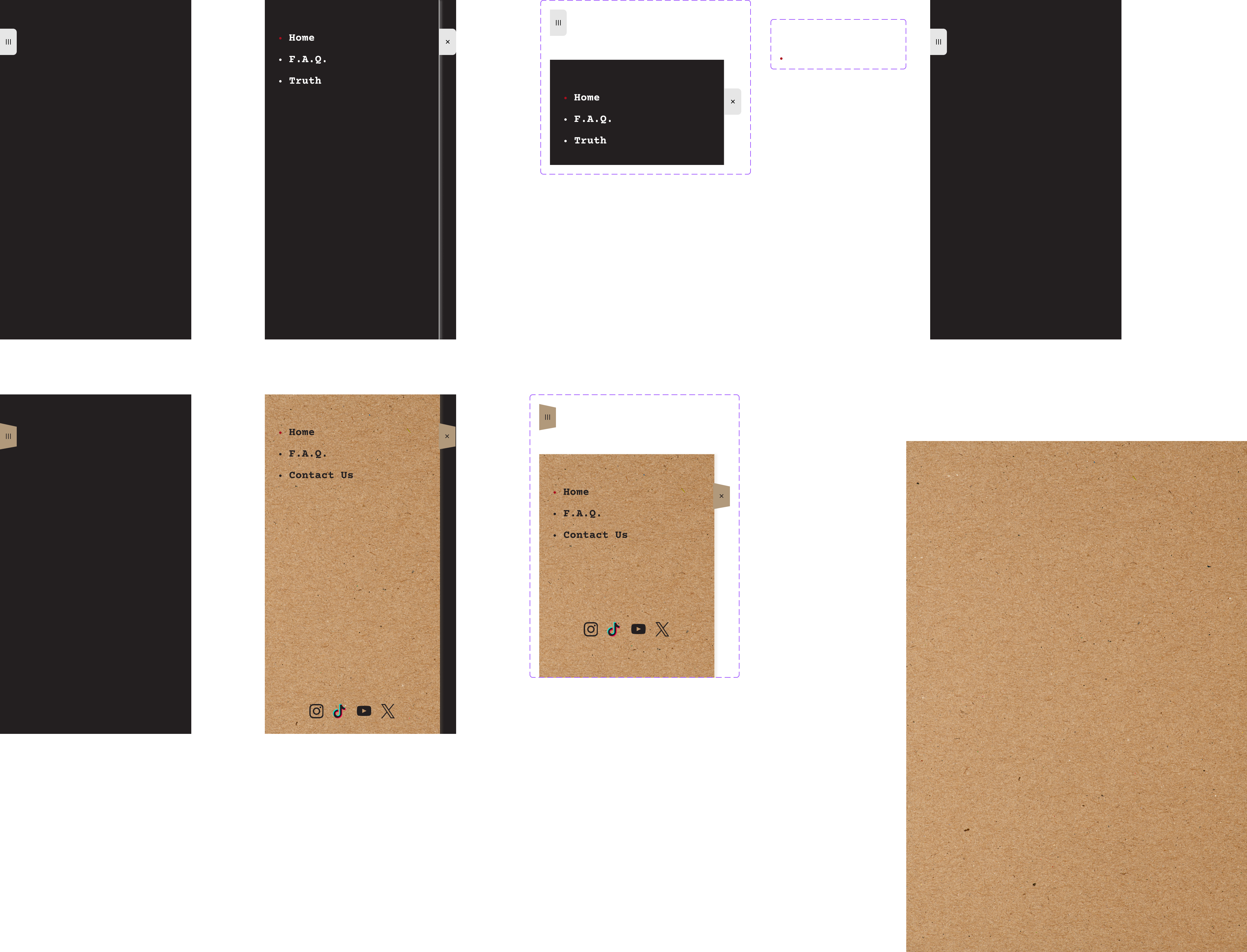Rumor Has It – Conspiracy Card Game Landing
Static-first marketing site that converts conspiracy-loving gamers into pre-launch backers.

Technologies & Tools
Frontend
Backend
Design
Rumor Has It: Dossier-Inspired Card-Game Landing
Project Overview
Rumor Has It is a party card game that turns wild conspiracy theories into a fast-paced social experience.
The marketing site had one job: convert curious scrollers into early supporters before the first print run.
We leaned into a “declassified dossier” aesthetic so every scroll feels like peeling back redacted intel on a secret project.
Technical Implementation
- Astro static generation keeps time-to-first-byte tiny even on 3G.
- TailwindCSS utility classes allow rapid design tweaks without bloating the stylesheet.
- Vercel Edge Functions handle the contact API close to users.
- Nodemailer delivers messages to the founder’s inbox with reCAPTCHA v3 and a five-request-per-hour throttle.
- Playwright test suite guards the entire funnel from hero CTA to email send.
- Analytics script loads only in production, preserving clean Core Web Vitals on preview links.
Content Architecture
Pages are written in Markdown and composed of reusable Astro blocks for hero sections, image carousels, quote bubbles, and FAQ accordions.
Non-developers can update or reorder sections by editing a single .md file, then submitting a pull request.
This approach cut new-content turnaround from days to hours.
Key Features
- Folder-style navigation drawer that mimics a manila file tab sliding open.
- Hero images optimised through Vercel’s
<Image>component, dropping payload while retaining grit. - GDPR-compliant cookie banner that appears only when analytics is enabled.
- Rate-limited contact form with instant success feedback and graceful error states.
- Dark, grainy texture pack giving every element a FOUO* (For Official Use Only) vibe.
*Purely for fun, not a real classification level.
User Experience Design
The UI borrows cues from spy cinema: courier-style headings, off-white paper cards, and red stamp accents.
Interactive states use subtle motion to suggest paper sliding or ink appearing.
Accessibility checkpoints covered contrast, keyboard focus order, and screen-reader roles from the first commit, not as an afterthought.
Collaboration and Process
- Weekly in-person workshops to review Figma experiments and prioritise backlog items.
- Daily async stand-ups on Confluence for blockers and design hand-offs.
- All user-facing copy drafted in shared Confluence pages, then ported to Markdown once signed off.
Results and Next Steps
The landing went live on Vercel without downtime and passed accessibility reviews out of the gate.
With the content model in place, the team can now extend the site for future beats like a Kickstarter embed or merch store without a ground-up rebuild.
Challenges
- Keep page weight low while using large, moody hero art.
- Stop spam and still let fans message the team from day one.
- Comply with EU cookie law without hurting first-paint metrics.
Solutions
- Next-gen images served through Vercel optimisation keep hero payload small.
- Serverless contact API with Nodemailer, reCAPTCHA v3 and throttling protects the inbox.
- Deferred analytics script plus a lightweight cookie banner keep Core Web Vitals healthy.
Outcomes & Results
- Fast load times verified with Lighthouse audits during staging.
- Accessible markup and keyboard-friendly navigation.
- Stable funnel thanks to automated Playwright tests.
Design Process
Discovery
Mapped player personas and competitor landings in Miro and Confluence.
Content Modelling
Built a block-based schema so non-devs can ship new sections with a pull request.
Visual Design
Crafted a dossier aesthetic with grainy textures and a playful folder-navigation concept.
Collaboration
Held weekly in-person workshops and ad-hoc online stand-ups to keep momentum.